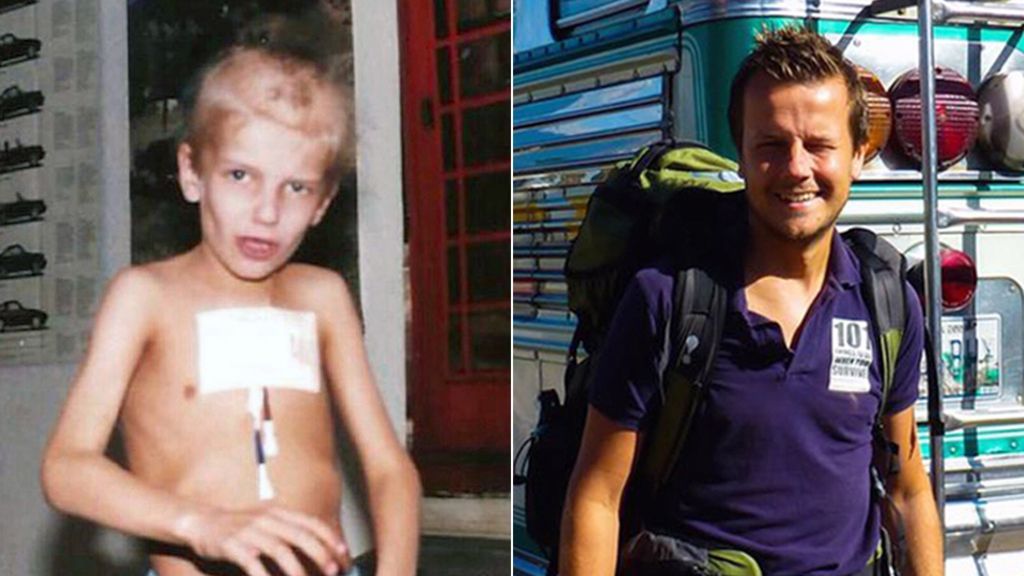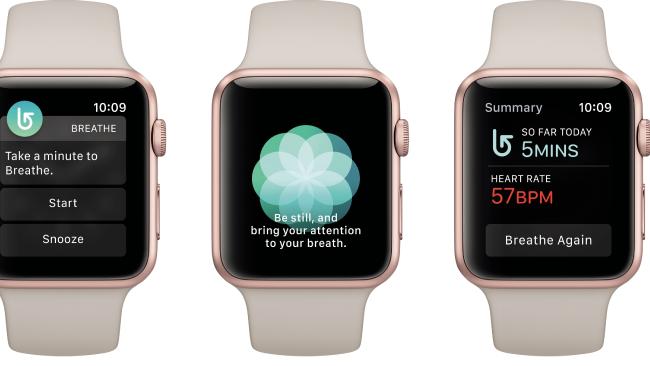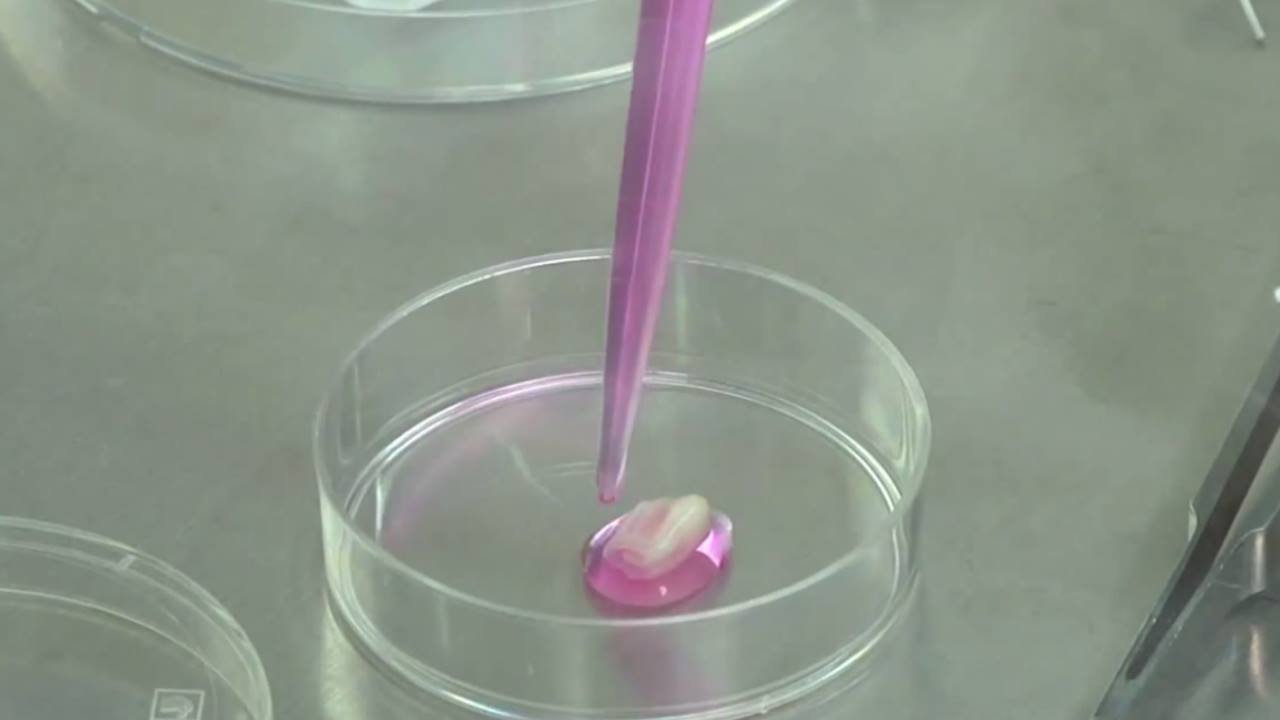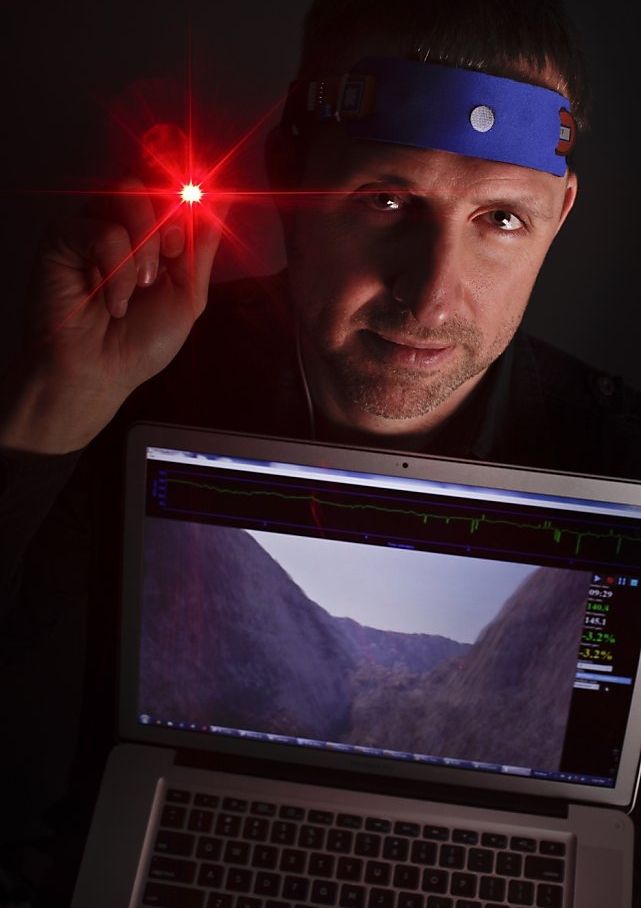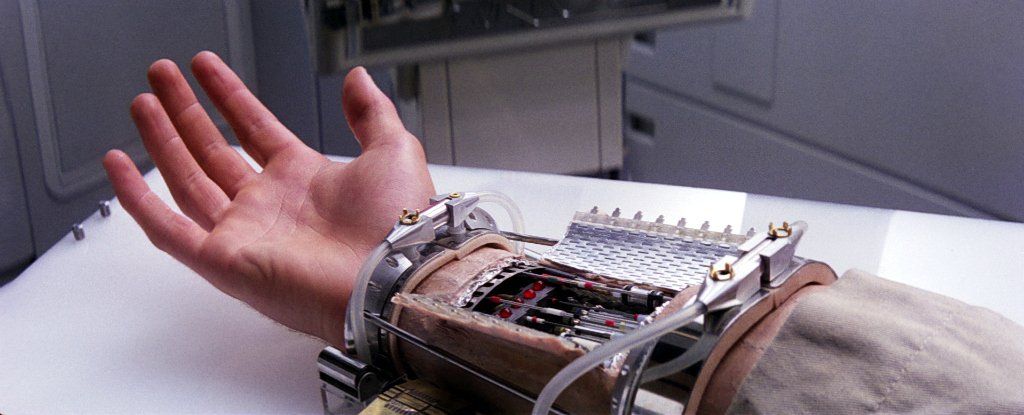Archive for the ‘biotech/medical’ category: Page 2569
Jul 31, 2016
Now there’s an app to help you breathe
Posted by Karen Hurst in categories: biotech/medical, genetics, health, neuroscience
Apple’s new app to help you do deep breathing to improve your mind, intelligence, and over all health.
APPLE is set to launch a new app that aims to make you healthier through just a few minutes a day of deep breathing.
It is based on the growing field of research proving the biological benefits, including genetic changes, of mind-body medicine.
Jul 31, 2016
Scientists Complete the Most Detailed Map of the Brain Ever
Posted by Karen Hurst in categories: biotech/medical, neuroscience
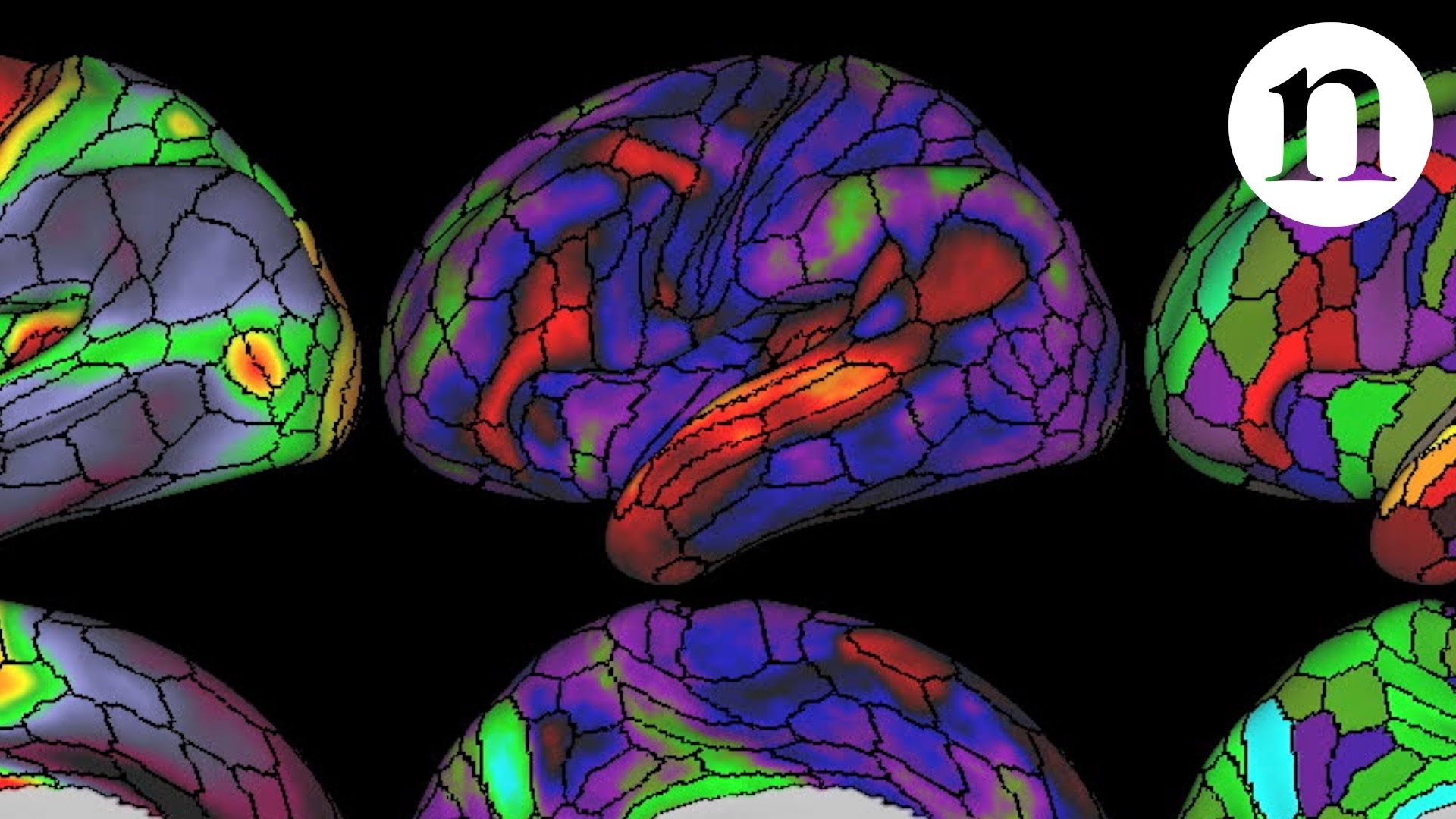
To me, maps always conjure up a sense of exploration.
Back in the Age of Discovery, rudimentary maps allowed European explorers to sail into the vast unknown. They began charting new worlds, and in turn, made newer maps that helped future generations better understand the lands and seas that cover our world.
Continue reading “Scientists Complete the Most Detailed Map of the Brain Ever” »
Jul 30, 2016
Chip-enhanced political candidates coming soon
Posted by Zoltan Istvan in categories: biotech/medical, computing, cyborgs, geopolitics, internet, mobile phones, terrorism, transhumanism
My new OpEd article for the San Francisco Chronicle on chip implants and transhumanism: http://www.sfchronicle.com/opinion/openforum/article/Chip-en…694149.php They also did a 2-minute video of my presidential campaign: http://bit.ly/2aERJxc
The implant can do all sorts of things, like unlock my electronic house door, act as my password on my computer, and even send a text message when people with the right phone and app come near me. Keys, credit cards, ID cards, medical records and passwords — these are all things that can be replaced by a tiny chip in the hand. If having technology in your bodies sounds wacky, consider the millions of people around the world who have artificial hips or dentures, or deaf people who use cochlear implants to hear sounds. […] former Vice President Dick Cheney famously asked to have the Wi-Fi on his heart valve turned off, just in case terrorists tried to hack it. A company in Sylmar (Los Angeles County) called Second Sight already has FDA approval for bionic eyes.
Jul 30, 2016
Episode 007 – Control Alt Delete Cancer
Posted by Steve Hill in category: biotech/medical
A new Methuselah Foundation podcast with Dr. Haroldo Silva and David Halvorsen from SENS Research about their work with ALT Cancer!
Hi everyone! Check out this new Methuselah Foundation podcast with Dr. Haroldo Silva and David Halvorsen from SENS Research Foundation. Have a listen and find out why finding Cures for ALT Cancer is so important.
Continue reading “Episode 007 – Control Alt Delete Cancer” »
Jul 30, 2016
Scientists’ search for ‘noise-canceling’ gene networks supported
Posted by Karen Hurst in categories: biotech/medical, genetics

New Gene research.
Look closely at the raw materials that make up any group of cells and you’ll notice some “noise,” a term scientists use to describe natural variations in cellular composition.
Continue reading “Scientists’ search for ‘noise-canceling’ gene networks supported” »
Jul 30, 2016
Education Linked to Brain Tumor Risk
Posted by Karen Hurst in categories: biotech/medical, education, health, neuroscience
Education and socioeconomic status have been linked with cancer outcomes, but a new study now links higher education with the development of certain types of cancer.
The large observational study, published in the Journal of Epidemiology and Community Health, reports that a high level of education is associated with an increased risk of brain tumors. The study is based on data from 4.3 million Swedish adults who were monitored between 1993 and 2010. Overall, 5,735 men and 7,101 women developed a brain tumor during the observation period.
Men with at least three years of university-level education had a 19% greater risk of developing gliomas than men with only a compulsory level of education (nine years). Women with the same level of education had a 23% increased risk of gliomas and a 16% increased risk of meningiomas. Marital status and amount of disposable income only slightly affected the risk among men but not among women. Single men had a lower risk of glioma but a higher risk of meningiomas. Occupation also influenced brain tumor risks among men and women: men in professional and management roles had a 20% increased risk of gliomas and a 50% increased risk of acoustic neuromas; women in these roles had a 26% increased risk of gliomas and a 14% increased risk of meningiomas.
Jul 30, 2016
Joint Force 2035: Lasers, Biotech and Global Instability
Posted by Karen Hurst in category: biotech/medical
A new document from the Joint Chiefs warns of global instability and technological proliferation in 2035.
Jul 30, 2016
Researchers have made a prosthetic arm based off Luke Skywalker’s
Posted by Bryan Gatton in categories: biotech/medical, cyborgs
A US Defence Advanced Research Projects Agency (DARPA)-funded prosthetic arm will be released for commercial use beginning in late 2016.
The LUKE arm, one of the world’s most advanced prosthetics, was designed by Segway creator Dean Kamen and has been under development for close to a decade.
The LUKE arm is named after Luke Skywalker’s advanced prosthetic from the Star Wars films, and its banner feature is its control system.
Continue reading “Researchers have made a prosthetic arm based off Luke Skywalker’s” »
